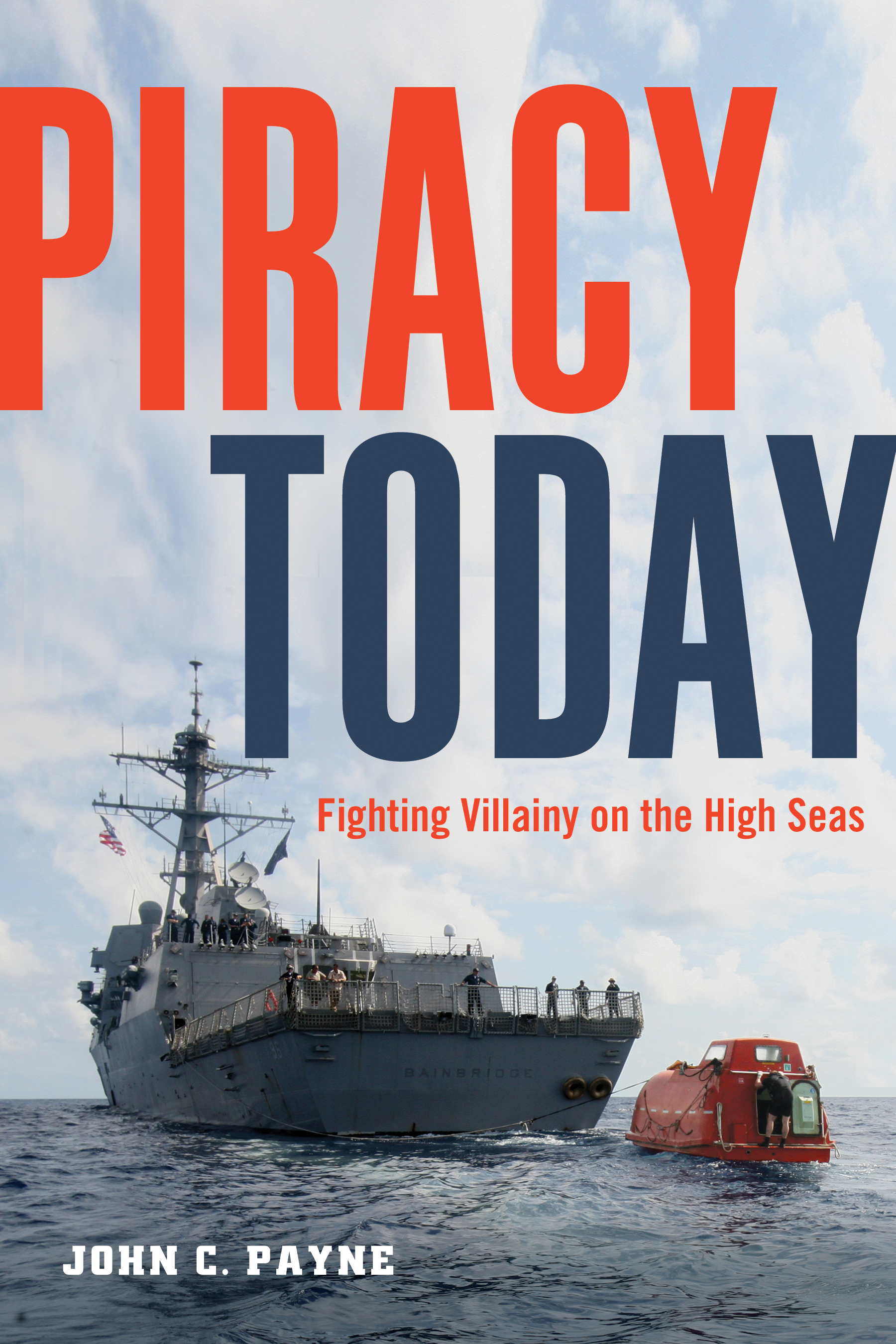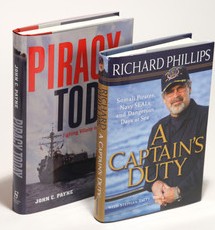Sailboat piracy protection
The issue of sailboatpiracy protection is vexed one. The carriage of firearms on a sailboat at any time is not recommended because the risk of escalation in violence is considerable. Most pirates have significantly more powerful weapons. Most yachts now have automatic identification system (AIS) transponders. When a yacht has a transponder, the crew should keep it on so naval vessels can identify your yacht. If you choose to travel outside areas where naval vessels are patrolling, then it is best to switch it off. Many choose to power them down. Pirates often carry radar on some mother ships. A radar target enhancer should also be turned off. A yacht crew can also reduce radar visibility by taking down the radar reflector. Some recommend that EPIRBS and PLB’s not be used, however these are emergency location devices and if attacked activate everything. If you have a search and rescue radar transponder, switch it off.
It is absolutely important to be thoroughly prepared for the transit. Make sure that all boat equipment is in perfect order. The engine is the main concern, as you will be running it at maximum speed for quite some time. Check that seawater pumps and strainers are in perfect condition. Check that fuel filters are in perfect condition and service your engine. You cannot afford a breakdown since it may jeopardize you and the yachts you are traveling with. Make sure that radios and satellite telephones and Starlink work properly and check all connections and aerials. Make sure the water tanks are full, with a few extra jerry jugs as a reserve. Want to know more about piracy get my book Piracy Today here.

Sailboat piracy protection preparation
Sailboat piracy requires careful contingency planning. Carry as much spare fuel as you possibly can. You will need it for the sustained period of motoring at maximum speed. Hide your cell phones, a portable VHF radio, medical supplies, vitamin supplements, and water purification tablets on board, in the unfortunate event you are seized and taken hostage by pirates. The transit will be all motoring or motor sailing. My own view is that unless the sail is giving a lot of extra speed, then keeping a low profile is the best tactic.
Sailboat piracy protection measures
During the transit maintain the very highest standard of watchkeeping and vigilance. Every person must be constantly scanning the surrounding waters and horizon with binoculars. Relaxation is not an option. Every boat must be treated as a potential threat. Innocent looking fishing boats may have pirates hiding out of sight. Any high-speed boat or group of boats approaching must be treated as potentially hostile. Pirates use very small skiffs limited by sea conditions. Generally, they find it hard to operate in Force 3 winds and above. Check out these general advice on transiting the Red Sea and Red Sea piracy countermeasures.
Sailboat piracy protection measures
There are also relatively
few attacks at night, so darkness and winds above Force 3 will improve safety.
As the visual horizon of a pirate in a skiff is less than five nautical miles,
they will sight a merchant ship well before a yacht. A white or colored hull is
far more visible than a blue or black hull. Consider using water washable paint
or some other media on the hull to camouflage the large white or colored hull
areas. Even bright orange life rings are highly visible, so survey your boat
for potential items that have high visibility.
Piracy Today Review - The Wall
Street Journal
Pirates are an age-old menace. They are also a
useful index of the advance and decline of civilization. Sea-roving brigands
infested the waters of the ancient world until the Roman Empire stamped them
out. With the fall of Rome and the onset of the Dark Ages the pirates returned.
They thrived for centuries with the connivance of England's Queen Elizabeth I
and other monarchs who were willing to tolerate a level of disorder and
barbarism if it meant that hired privateers like Francis Drake would cut them
in on the loot. Then in the 1800s the British Royal Navy, with help from the
Americans, shut down piracy's perennial havens, including the Barbary Coast,
the Horn of Africa and the Malacca Straits. For almost 100 years pirates
survived only in children's literature and the movies. Now pirates are back,
driving speed boats and armed with cellphones and AK-47s and rocket-propelled
grenades. These modern Blackbeards are the detritus of Third World failed
states, empowered by a declining U.S. Navy presence since the Cold War and an
international community that has lost interest in enforcing the laws of the
civilized sea. Today, as in medieval times, travelers and businessmen and
especially cargo ships are learning that after they set sail they'd better
watch their backs. John C. Payne's "Piracy Today" ... will help them
chart a safe course and remind them of what happens if they don't. Mr. Payne's
comprehensive survey looks at piracy as an international phenomenon that
includes places such as Nigeria and Brazil little covered by the media.
Sailboat piracy protection plans
Every member of the yacht crew must know the response plan. Attacks happen so fast that there is no room for discussion, and skippers should carry out drills before departure. If there is any doubt as to the intentions of approaching boats, use the VHF radios and satellite phone to raise the alarm. The earlier you summon assistance, the less time you have to hold off an attack before help arrives. It takes time to get a chopper in the air and to your location, so vigilance and early detection are the key.
Sailboat piracy protection communications
When making routine VHF radio calls, never give your position. However, if you are genuinely under attack, position details are essential. Have someone assigned to stay below and keep calling on the radio and phone. They need to be calm and measured so that the authorities have accurate information. When under confirmed attack you are allowed to issue a Mayday call on VHF Channel 16 and VHF Channel 8, and hit the DSC red button, or the MF/HF DSC and Sat-C, if you have it. Have the required help and alert numbers programmed for speed dial, and have the number clearly posted at the navigation station.
Sailboat piracy protection
measures
You need to delay, or, if possible, force the pirates to abandon the attack. This may be difficult if you are under fire. The judgment has to be made regarding the safety of yourself and the crew. Swift and decisive evasive maneuvers often work, as does heading into the wind and waves to make boarding difficult, especially if you are zigzagging the yacht. If you can’t hold the pirates off and they get aboard, it is essential that the skipper and crew remain calm and compliant, and that no resistance is offered. While fighting back is instinctive, it’s better to stay alive. The pirates will be pumped up and probably high on khat. The pirates no longer want some cash and valuables. They want you, the crew, and the boat as hostages. They generally will not harm hostages, unless pushed to do so. Do not be tempted to use firearms! It is also advised that you do not use pyrotechnics or flash photography. In general, you will be outgunned. Pirates in these waters are usually armed with AK-47s and sometimes rocket-propelled grenade launchers. If the military takes action against pirates on your boat, lay low on the deck and put your hands over your head, so the military know who you are. Sailboat piracy can be a real concern.
